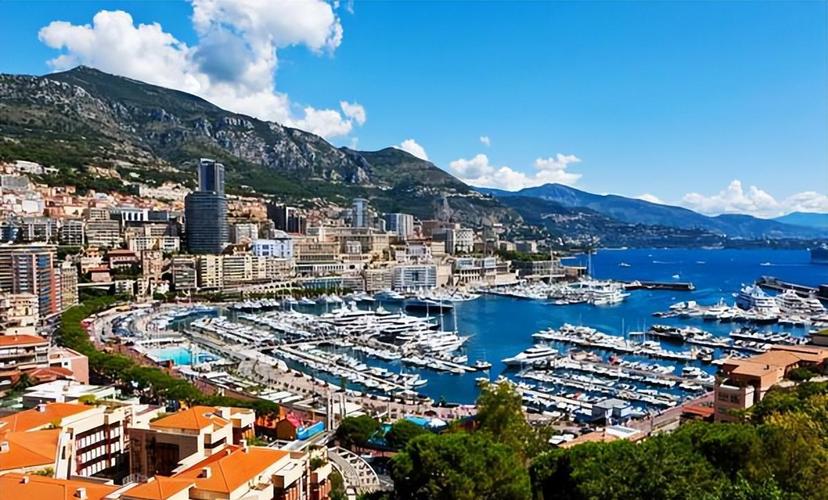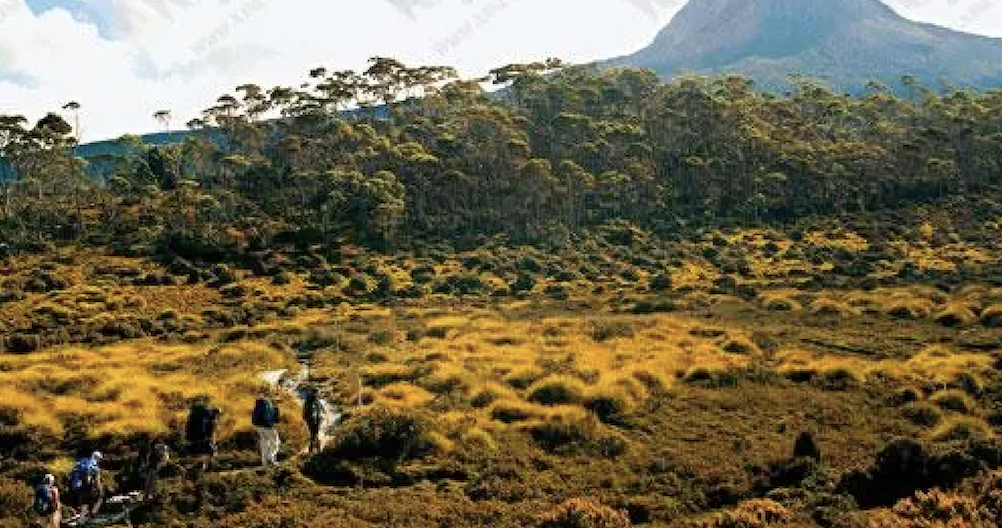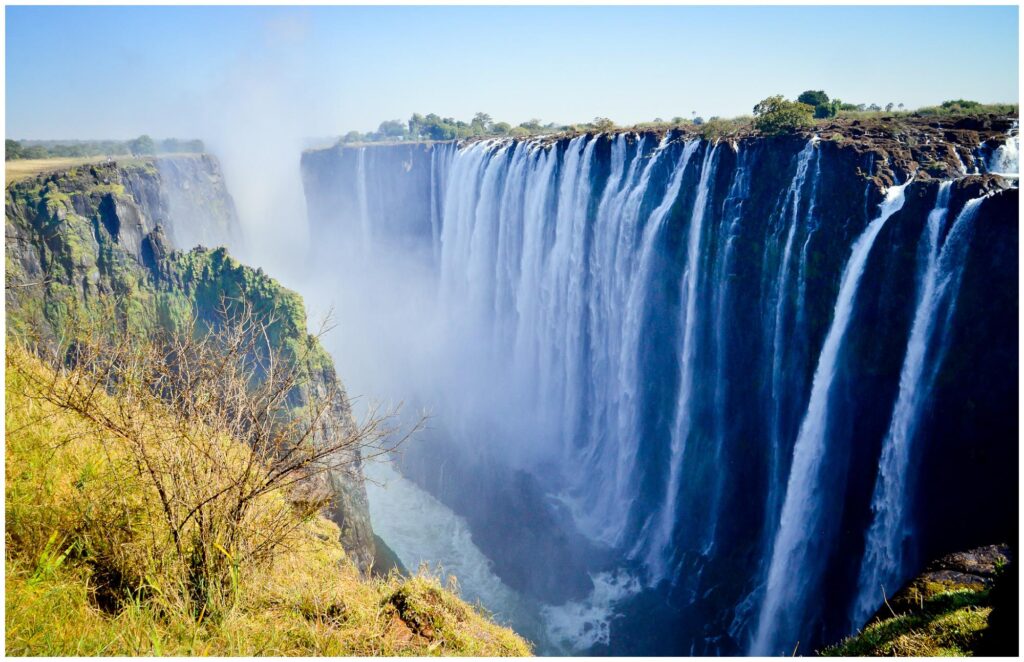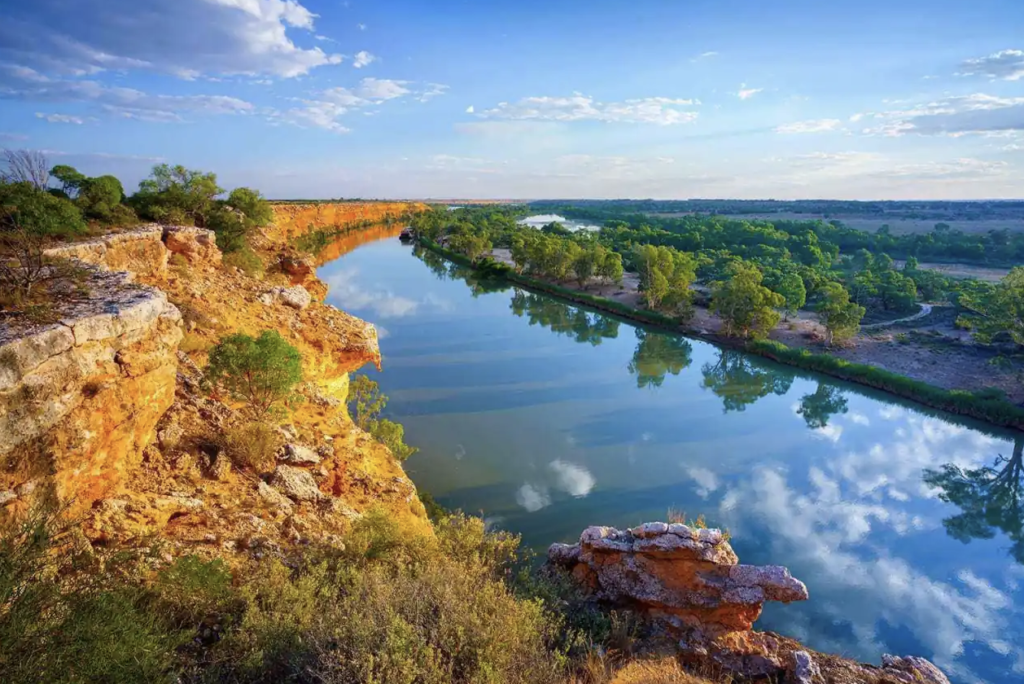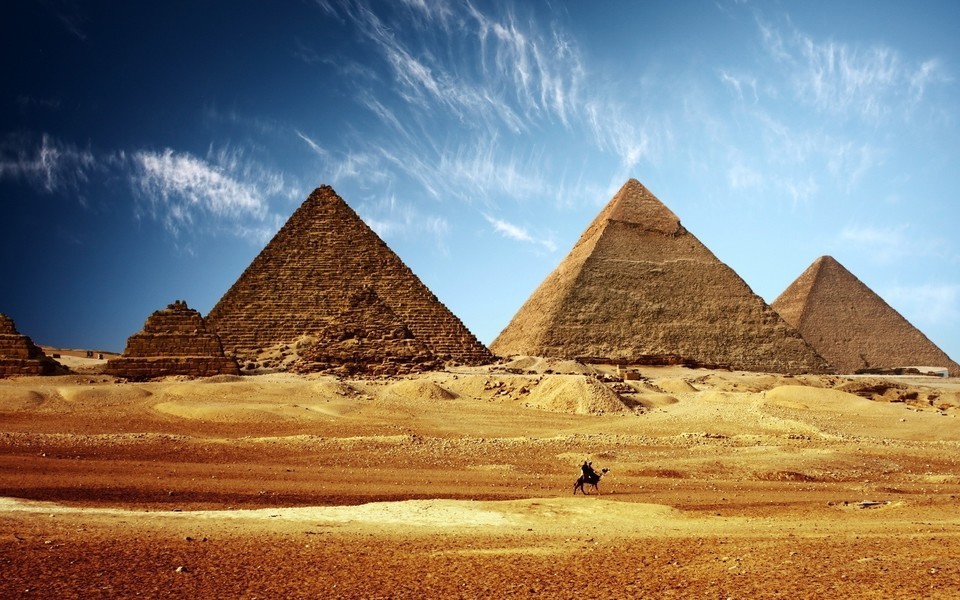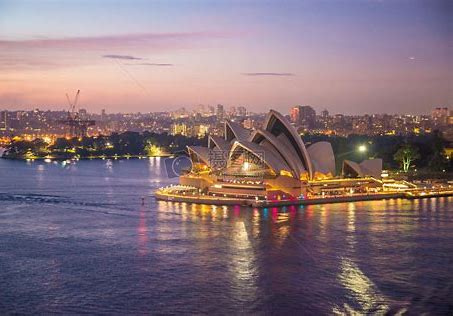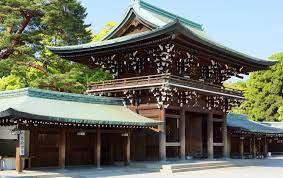Australia Economy
The Commonwealth of Australia, referred to as Australia, Canberra, the capital, 2022 per capita GDP of $65543. [27] Located between the South Pacific and Indian Oceans, it consists of the Australian mainland, islands such as Tasmania, and overseas territories. The Coral Sea and Tasman Sea bordering the Pacific Ocean to the east, and the Indian Ocean and its marginal seas to the north, west and south. The total area is 7,692,000 square kilometers, and the coastline is 36,735 kilometers. The climate in the north is tropical and mostly temperate. The country is divided into 6 states and 2 territories. As of July 2023, the population of Australia is 26.39 million people, 74% of whom are of British and Irish descent, the official language is English, and the majority of residents believe in Christianity. Australia was first inhabited by Aborigines. In 1770, the English navigator James Cook arrived on the east coast of Australia and claimed the land for England. On January 26, 1788, the British began to establish a colony in Australia, which was later designated as Australia Day. In July 1900, the British Parliament passed the Constitution of the Commonwealth of Australia and the British Dominion Ordinance. On 1 January 1901, the colonies of Australia became states, and in October of the same year, the Commonwealth of Australia was established. In 1931, Australia became an independent country within the Commonwealth of Nations. As a developed modern industrial country, Australia is the most economically developed country in the southern hemisphere, the fourth largest exporter of agricultural products in the world, and an important producer and exporter of mineral products in the world. Agriculture, animal husbandry and mining are traditional industries, manufacturing and high-tech industries have developed rapidly, service has become the leading industry of the national economy, foreign trade has been developed, and the economy has maintained rapid growth. Australia’s social environment is stable, the financial system is regulated, the fiscal year 2021/2022, Australia’s GDP is 2.1 trillion Australian dollars.
